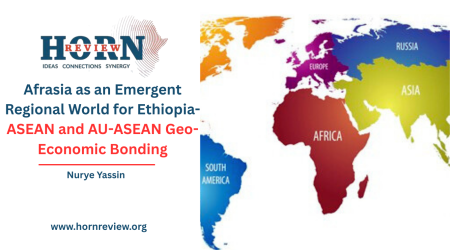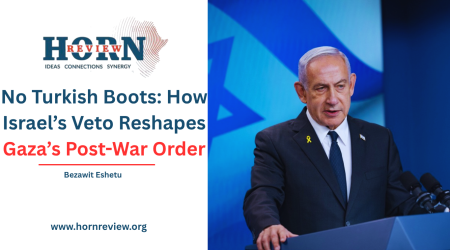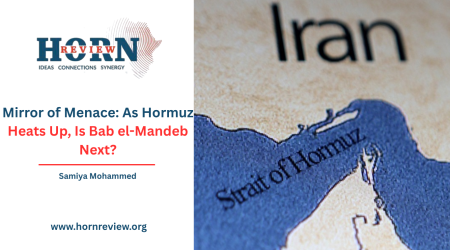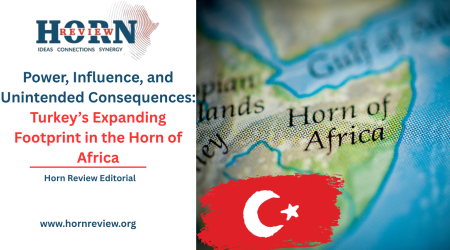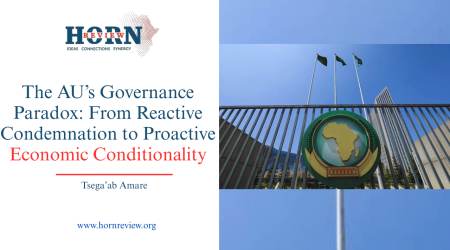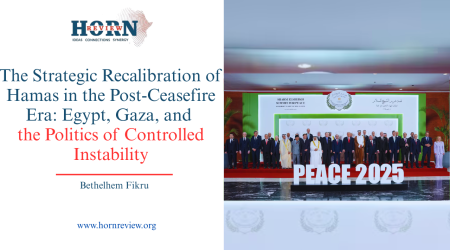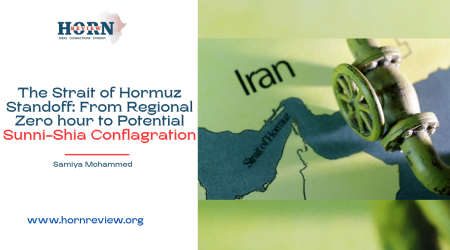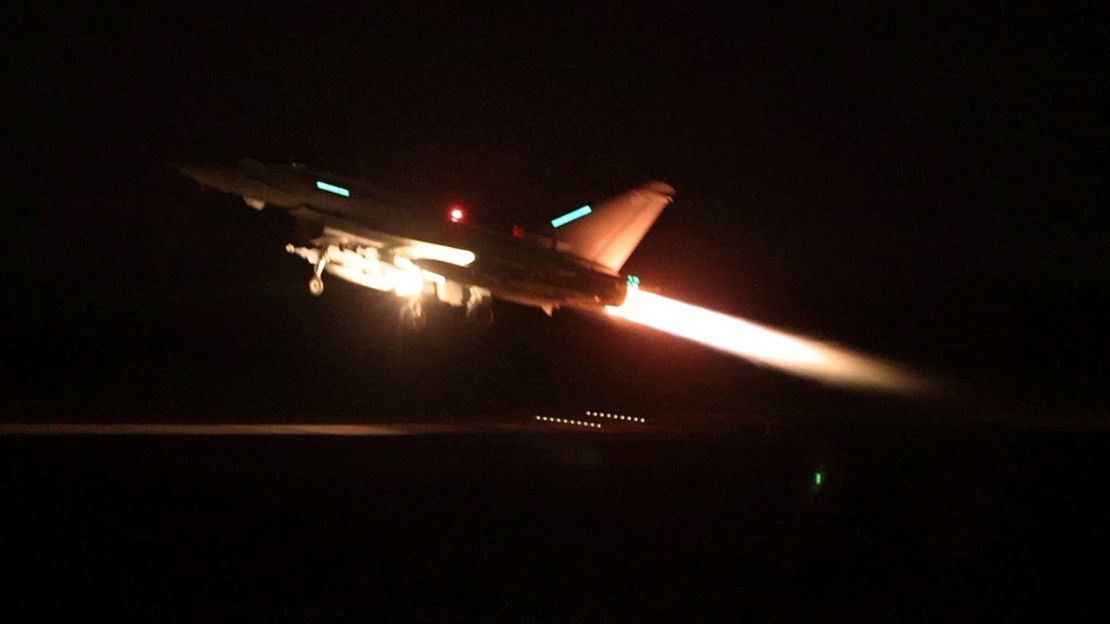
18
Mar
U.S. Airstrikes in Yemen: Targeting Iran’s Last Stronghold as Hamas and Hezbollah Weaken
Since last week, the United States has launched a series of airstrikes against Houthi military targets in Yemen. President Donald Trump has framed the operation as a necessary measure to protect Red Sea shipping lanes, which have come under attack from the Houthis. These assaults, closely tied to the ongoing Israel-Hamas conflict, position the Houthis as active participants in the broader regional struggle. While the strikes are officially a response to maritime threats, they also align with a larger geopolitical objective, curbing Iran’s influence by weakening one of its remaining key allies.
For years, Israel has sought to dismantle Iran’s network of regional allies, aiming to weaken Tehran’s influence across the Middle East. Hamas has been a primary target, with Israeli military operations, such as 2021’s Guardian of the Walls and the ongoing Gaza conflict, severely degrading its military and administrative capabilities. In Lebanon and Syria, Israel has consistently targeted Hezbollah’s infrastructure, while also striking Iranian military assets in Syria to limit Tehran’s foothold there.
With Hamas and Hezbollah facing significant challenges, the Houthis in Yemen have emerged as Iran’s most resilient remaining ally in the region. Their attacks on Israeli-linked vessels, missile launches toward Israel, and disruptions of Red Sea trade routes have made them a strategic target. U.S. strikes against the Houthis, therefore, fit into the broader effort to contain Iran’s regional reach, particularly after its other proxies have been weakened.
Donald Trump’s return to the presidency in 2025 has reinforced this strategic trajectory. Unlike his predecessors, Trump has favored direct military action and a limited reliance on international consensus. His first term saw strong alignment with Israel, marked by the withdrawal from the 2015 Iran nuclear deal, formal recognition of Jerusalem as Israel’s capital, and endorsement of Israeli settlements in the West Bank.
Compared to Barack Obama’s multilateral diplomacy and Joe Biden’s cautious engagement, Trump’s approach gives Israel more strategic flexibility, including support for military operations such as the Yemen airstrikes. By targeting the Houthis, Trump is not only addressing immediate threats to maritime security but also strengthening Israel’s position in the region, particularly in light of Iran’s eroded influence due to setbacks with its other allies.
Iran’s so-called Axis of Resistance, comprising Syria, Hezbollah, Hamas, and the Houthis, has long served as Tehran’s counterweight to U.S., Israeli, and Gulf Cooperation Council (GCC) influence. However, in recent years, Iran’s network has suffered significant setbacks. Hamas has been militarily weakened by Israeli operations, Hezbollah is facing financial and logistical constraints, and Israeli strikes in Syria have targeted Iranian military assets, limiting Tehran’s presence.
As a result, the Houthis have become Iran’s most significant remaining proxy in the region. Their long-standing conflict with Saudi Arabia, coupled with their recent maritime disruptions, aligns with Iran’s broader strategy to pressure its rivals. While the Houthis are crucial to Iran’s regional objectives, the U.S. airstrikes signal a concerted effort to neutralize one of Tehran’s last remaining footholds in the Middle East.
The U.S. airstrikes on Yemen were officially justified as a means to safeguard maritime trade in the Red Sea, with targets including radar systems, missile launchers, and command centers. However, the broader context suggests a larger strategic calculation: dismantling Iran’s last significant proxy forces.
Despite these tactical gains, the strikes carry significant risks. Further escalation with Iran is possible, and instability in Yemen, a country already devastated by years of war, could worsen. However, for U.S. and Israeli policymakers, neutralizing the Houthis aligns with long-term efforts to weaken Iran’s ability to project power across the region.
Other regional actors, including Saudi Arabia, may welcome the Houthis’ decline, while global players such as Russia and China could seek to exploit shifting dynamics. As the situation unfolds, a critical question remains: will the dismantling of Iran’s last significant proxy be successful, or will it trigger a new phase of conflict that reshapes Middle Eastern geopolitics?
By Mahder Nesibu,Researcher, Horn Review

